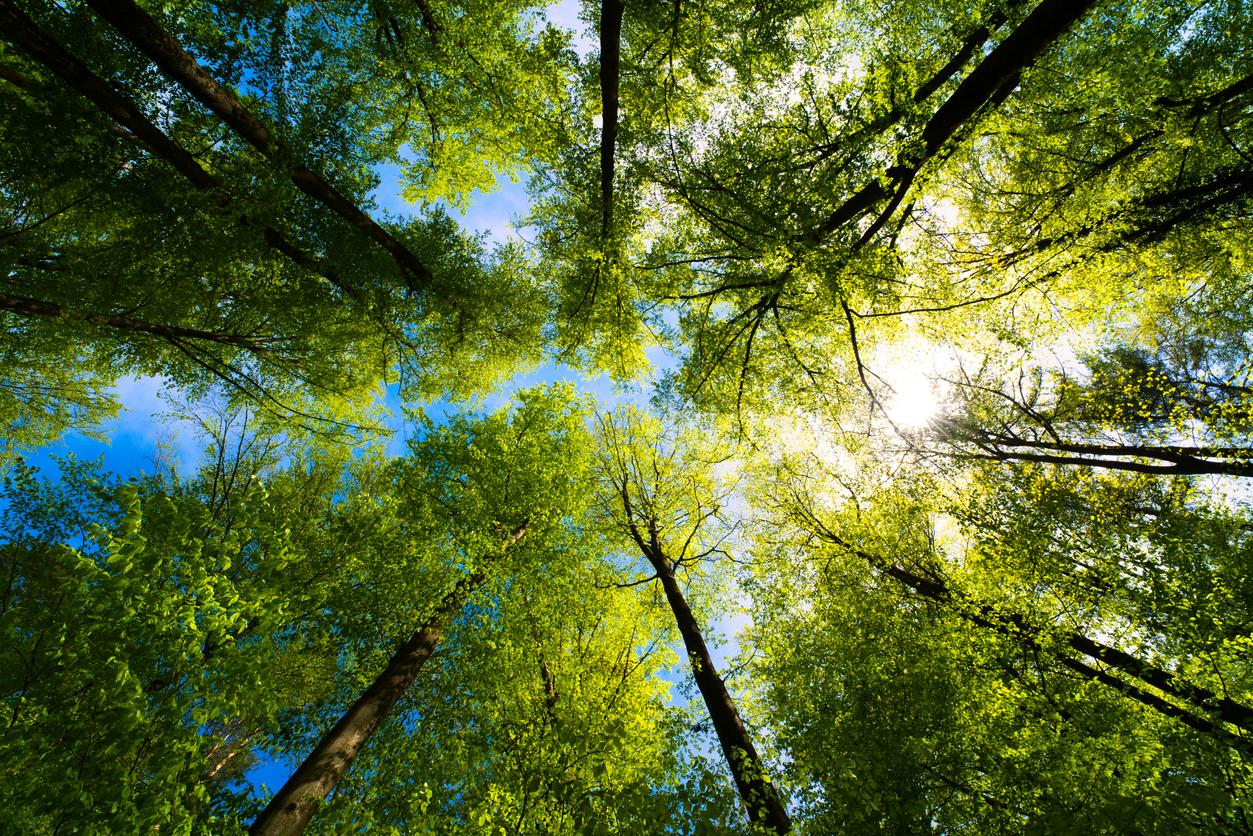"We want to start to do a better job connecting people to the places that we're working to protect. Because once you get to experience a place firsthand, your life and passion about that place is forever changed.”—Conor McElyea, Senior Director of Membership and Partnerships at The Conservation Alliance
Melissa Fifield, Head of the BMO Climate Institute, sat down with Conor McElyea to discuss how The Conservation Alliance is working to “protect wild places and outdoor spaces.”
Listen to our ~20-minute episode
Sustainability Leaders podcast is live on all major channels including Apple and Spotify.
